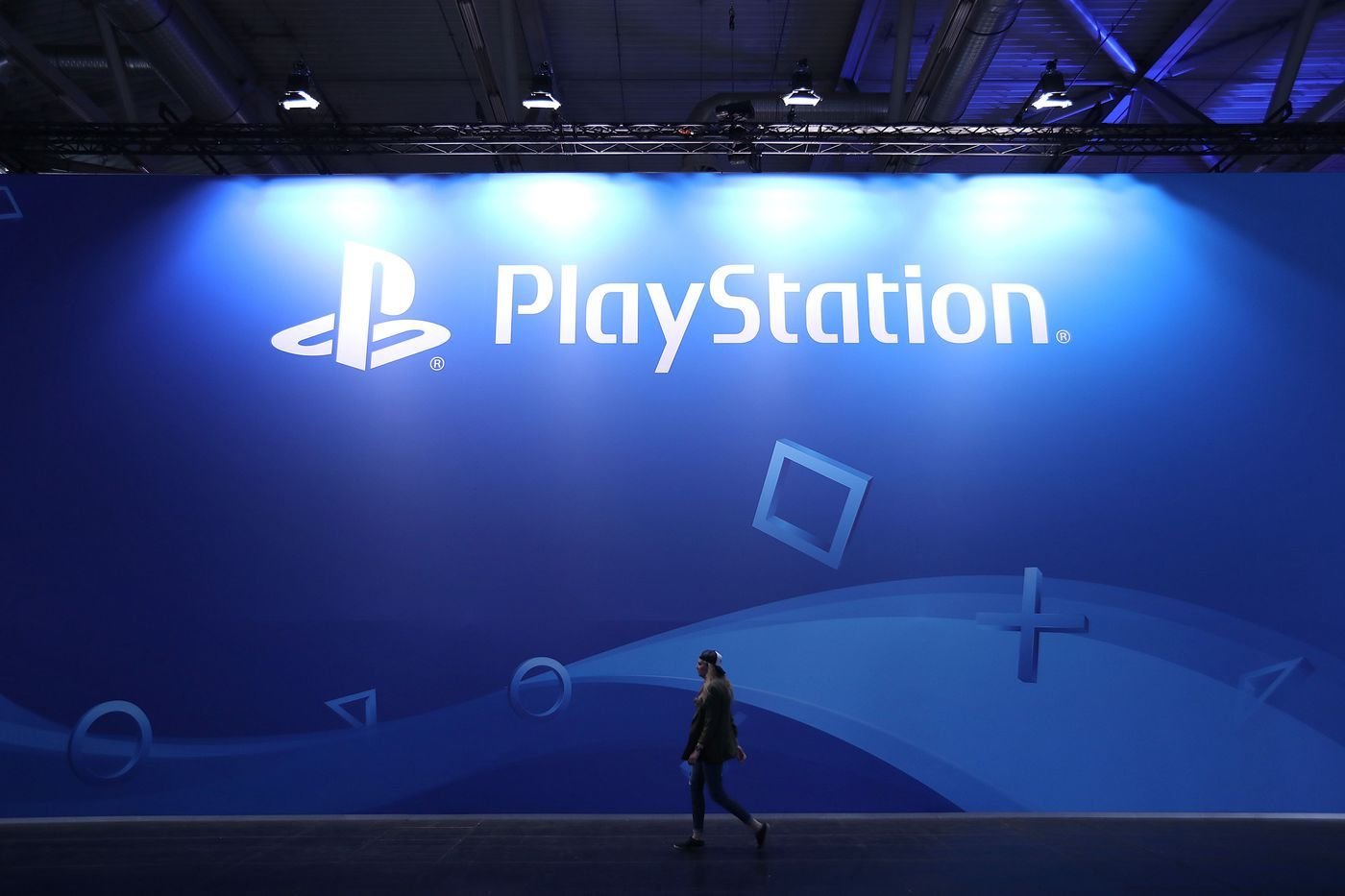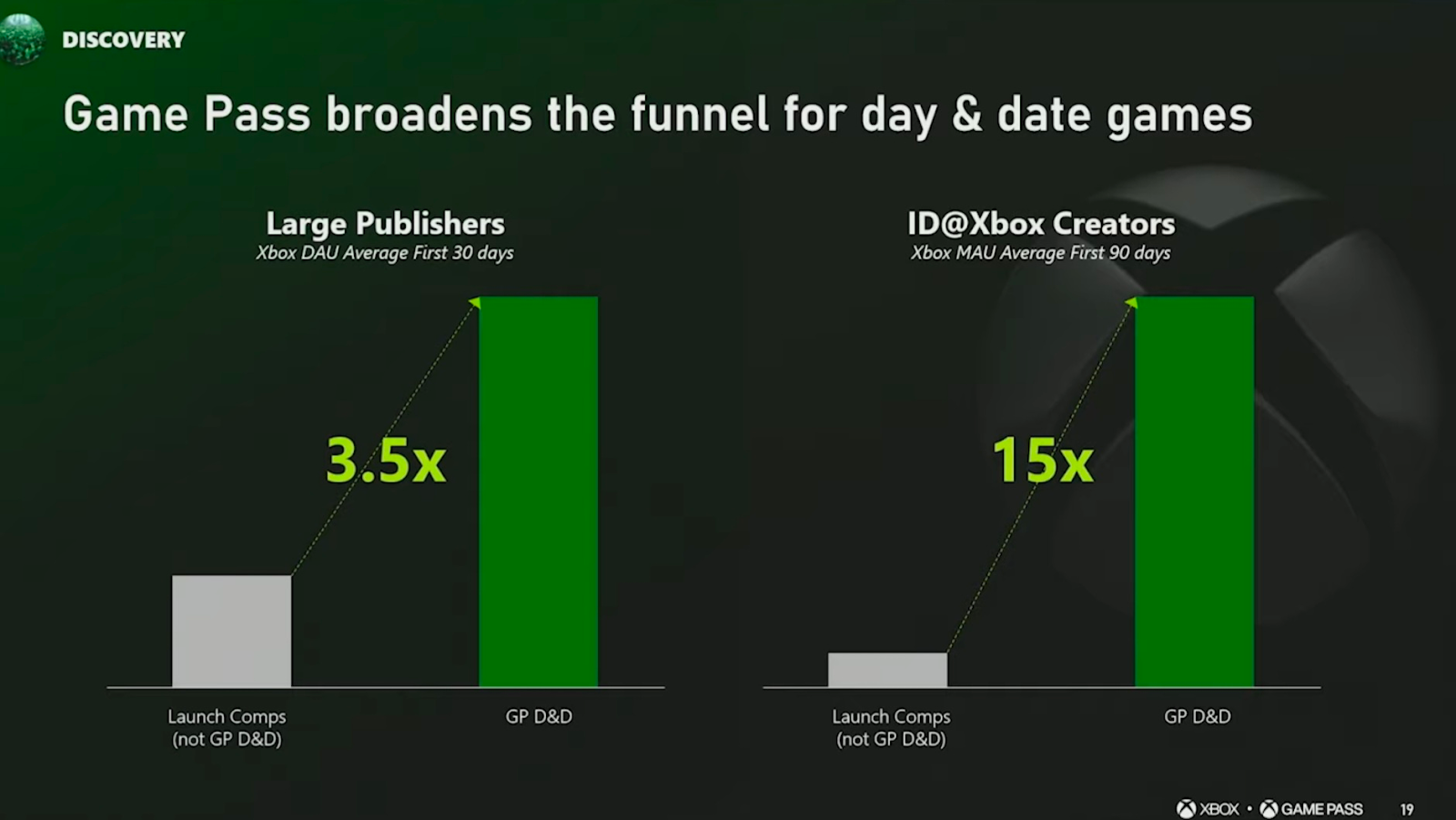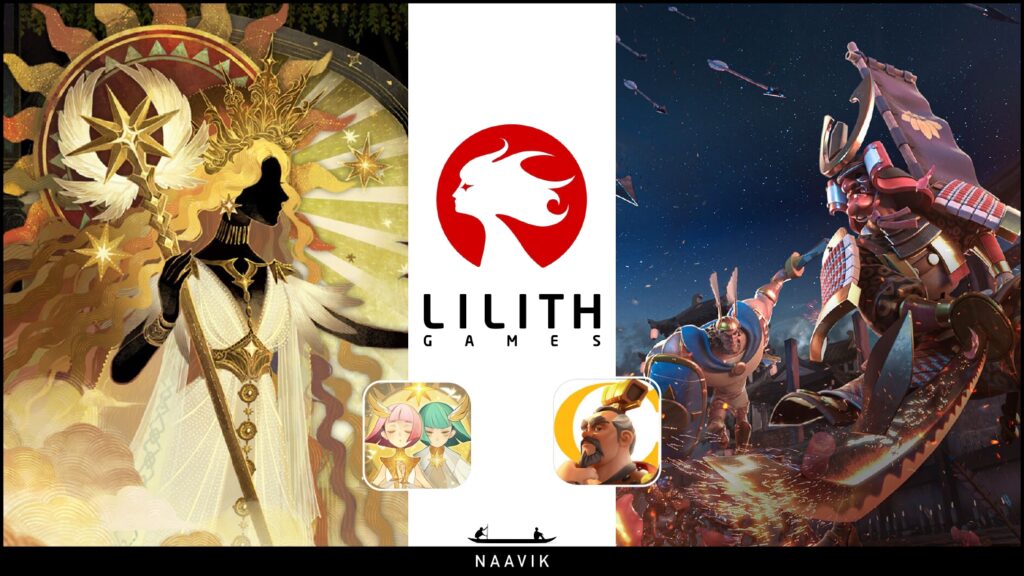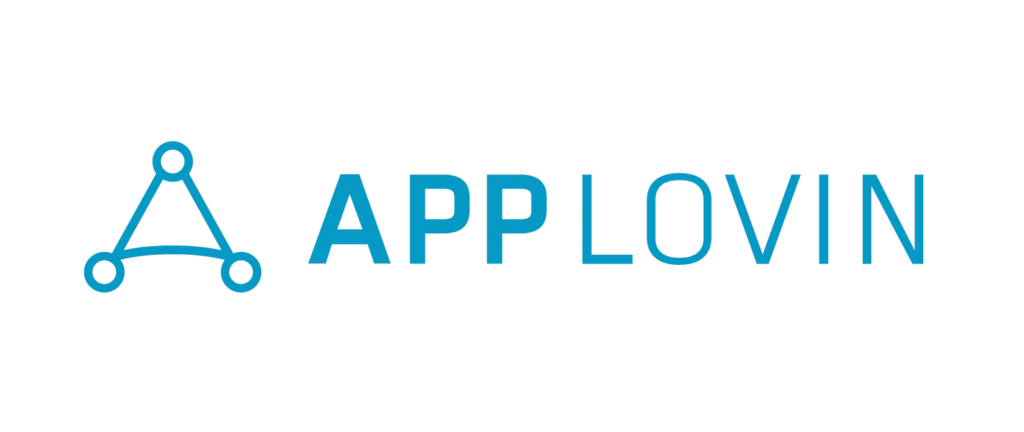Hi everyone. Big news! We’re retiring the name “Master the Meta”. Starting next issue, this newsletter will officially go by “Naavik Digest”. Same content, new name. As much as we love Master the Meta, it’s time to simplify our branding and double down on Naavik. We have a few more announcements upcoming that we teased at GDC, so stay tuned. Until then, be on the lookout for the next edition of Naavik Digest.
Roundtable — What We Learned at GDC 2022
In this Metacast episode, Nicolas Vereecke, David Amor and Fawzi Itani, join Maria Gillies to discuss what they learned at GDC 2022.
In this special live episode, each panelist talks about their individual experiences and what they learned at the event based on their roles in the game industry.
As always, you can find us on Spotify, Apple Podcasts, Google Podcasts, our website, or anywhere else you listen to podcasts. Also, remember to shoot us any questions here.
Sony’s Upcoming Subscription Model
Source: Bloomberg
Last week, Bloomberg reported that Sony’ subscription service — code-named “Spartacus” — will be revealed this upcoming week. With Xbox’s acquisition of Activision-Blizzard and Sony’s acquisition of Bungie, it’s abundantly clear both companies are investing heavily in exclusive content for future gaming subscriptions. More details were revealed by VentureBeat: Playstation Now (Sony’s cloud-gaming subscription) is expected to fold into Playstation Plus and the content will be included in the three-tier offering.
With the game industry headed toward a subscription-first model, I wanted to take some time to examine why this model makes sense ahead of Sony’s upcoming announcement. How should we think about Spartacus’s launch in relation to Xbox’s existing subscription?
Comparison of Xbox and Sony Subscriptions
A side by side comparison of Xbox and Sony makes it clear that these services aren’t necessarily in competition with each other.
A comparison of Xbox and Sony subscriptions.
Notably, Sony will not drop new titles day-and-date, and it will price its most competitive tier $1 above Xbox Game Pass. Essentially, they are offering less value at a higher (albeit marginal) price point. This suggests that the subscription is more likely an accretive revenue stream rather than a plan to take on Xbox Game Pass as reports have suggested. It’s important to note that Xbox is still a relatively small portion of Microsoft’s business (~10% in 2021), whereas Playstation is Sony’s largest business segment (~30%). Let’s take a closer look at the mechanics of the subscription model.
The Opportunity and Risks of Game Subscriptions
Source: @benjisales from GDC
The subscription model moves revenue from an upfront entry fee of $60-$70 to a long tail pay-as-you-go model. As has been the case for Xbox Game Pass, this brings in more users who are less intimidated by a $15/month price point. The trick is then to keep users engaged long enough to make up for the forgone full-game sale, either by having a really engaging game or by having them dabble in games they never would have otherwise purchased. The below model on bundling demonstrates how this works out for both players and companies capturing more value.
This example demonstrates how a firm can make more money by bundling games together rather than by selling them individually at full price. Each circle represents a different purchase based on a price point being at or below a customer’s willingness-to-pay. Game Pass on console costs $10/month. By bundling into a subscription, they are able to capture more revenue from the same number of players. Players are now able to play games that would have otherwise been outside of their willingness to pay.
In the above example, I assume an ideal scenario where the player stays subscribed to Xbox Game Pass for 12 months. However, in reality, a player can leave the subscription at any time. This means that retention and in-game spend are critical for the unit economics to work. There’s no upfront guarantee for Sony that a move like this will increase revenue per player or meaningfully grow the player base in a way that makes up for decreases in revenue per player. With that said, we can be sure Sony has taken notice of reports from GDC that Xbox Game Pass subscribers spend 50% more than look-a-like non-subscribers.
Source: @benjisales at GDC
There is also the risk to game developers if a new game underperforms. At the subscription level, a developer can mitigate this risk by having other games to keep the user playing and paying monthly. Having a large user base with varied interests smooths out some of the volatility from a single disappointing launch. But at the game developer level, revenue goes from $70 sale to a fraction of that, assuming revenue share is based on time spent playing each game like it is in music streaming. Opening the funnel doesn’t mean much if players are leaving the game after a few hours to play the next game. This means that established game publishers will require some serious incentives to accept this new revenue model (one that is more generous to players, and more meritocratic for developers).
In order to gain developer adoption, a subscription might instead rely on similar tactics as the Epic Game Store, offering minimum guarantees to entice game publishers into their ecosystem. I believe this adds more risk to the subscription model. Whereas in the current business model of full-game sales, a company like Sony shares in the revenue upside (taking their traditional platform fee but none of the cost for development) a minimum guarantee simply means greater exposure if the game is a disappointment.
You might ask, if subscriptions are so risky, why are companies shifting toward it?
All Roads Lead to Subscription
Historically, Playstation and Xbox have had two-sided lock-in from developers. There was trust that a player’s favorite games would be on Playstation or Xbox. This made it incredibly difficult for new competition to enter the market. However, with cloud-gaming that lock-in goes away. Developers will be able to build for cloud gaming, and know that their games can be played on any device anywhere. Similarly, new entrants can justify investment in cloud gaming platforms knowing that the total addressable market is anyone who owns a smart device. The continued growth expectations in cloud-gaming make the game subscription as the primary way to play games feel inevitable for three reasons:
1. Frictionless access to a library of games: Subscriptions like Xbox Game Pass will become more compelling as innovations in cloud-gaming make it increasingly easy to jump into a new game from an ever-expanding catalog of games, and player habits become more accustomed to playing a few games at once, rather than one at a time.
2. Zero-marginal cost of distribution: As Ben Thompson points out about Google Stadia’s struggles, Google’s business model is based on physical stores sales. With zero marginal cost, bundling a bunch of games into a subscription makes a lot more sense for delivering value to players and capturing some of that value as shown in the earlier example. (As a side note, it’s possible Google Stadia’s decision not to offer a subscription was driven by game developers' aversion to subscriptions).
3. New entrants don’t have existing business models to cannibalize: As I pointed out above, the subscription has the potential to cannibalize game sales if retention is a challenge. While Sony and Microsoft have existing businesses that could be impacted by this transition, new entrants with deep pockets (i.e. Amazon, Google, Apple, Nvidia, and Netflix) can adopt this model without impacting an existing revenue stream.
With increased competition at the platform level on the horizon, Sony’s approach to the video streaming wars may give us some insights into Sony’s thinking.
Learning From Sony Pictures’ Subscription Agreements
Sony Pictures, which has the audience via Playstation to launch a competing streaming service, made the decision to play the role of third party content creator when it inked a deal with Netflix to give them right of first refusal to domestic streaming rights for Sony Pictures Entertainment’s movies. They even lined up Disney to take the streaming rights after they run on Netflix. Sony looked at the opportunity in front of them, which was to compete as a video subscription or supply of differentiated content to whichever platform will pay the most. They chose the second option.
In the competition around subscription, game publishers will be in a position to do the same, selling their third party content to whichever big tech platforms are willing to pay the most. Even though Sony sold 1.7 times as many consoles as Xbox did in this latest consoles generation, the company finds itself in a precarious position where the future of gaming platforms looks costly, but where the future of content remains bright. Sony is thus shifting to strengthen via a differentiated content library across multiple devices with the acquisition of Bungie, a reported $329 million spend on a 2021 slate of exclusive third party content, and recent investments in their PC business.
What we’ve seen to date is major preparation by all parties to acquire game developers. As subscription models proliferate, each company will be less dependent on third party developers for differentiated content that will come at a premium. We’ll find out soon enough what will happen with Sony. (Written by truffulatree.eth)
🎮 In Other News…
💸 Funding & Acquisitions:
-
Sony acquired Haven Studios, which is making a AAA multiplayer game. Link
-
Netflix acquired Big Boss Entertainment, its second studio acquisition in a few weeks. Link
-
Gamefam raised a $25M round. Link
-
FTX bought Good Luck Games, a TCG autobattler. Link
-
Joyride, a web3 platform for game creators, raised $14M from a suite of investors. Link
-
GGWP raised $12M to combat toxicity in games. Link
-
Trailblazer Games raised $8.2M for its upcoming Eternal Dragons blockchain game. Link
-
SkateX announced a $5M round. Link
-
Red Door Digital raised $5M to build high-end blockchain games. Link
📊 Business:
-
Sony will reveal its subscription service this week. Link
-
Game Pass stats from GDC. Link
-
Krafton and Solana partner on blockchain games. Link
-
Using Glassdoor to examine game industry work cultures. Link
🕹️ Culture & Games:
-
A new Witcher game was announced. Link
-
Yuga Labs’ leaked pitch deck and their roadmap for games. Link
👾 Miscellaneous Musings:
-
What digital marketing and RTS games have in common. Link
-
How Anarchy Online (MMO) survived a slew of disasters. Link
-
Building games through NLP and OpenAI. Link
🔥 Featured Jobs
-
Immutable: Sr. BD Manager — Gaming
-
Immutable: Business Development Manager — Web3 Gaming
-
WarnerMedia: Community Manager, Growth & Innovation (Atlanta, Georgia)
-
Mighty Bear Games: Senior Technical Artist (Singapore)
-
Mighty Bear Games: DevOps Engineer (Singapore)
-
My.Games: Head of Communications — PC & Consoles Projects (Amsterdam)
-
Naavik: Content Contributor — Writer (Remote)
You can view our entire job board — all of the open roles, as well as the ability to post new roles — below.
Thanks for reading, and see you next week! As always, if you have feedback let us know here.














